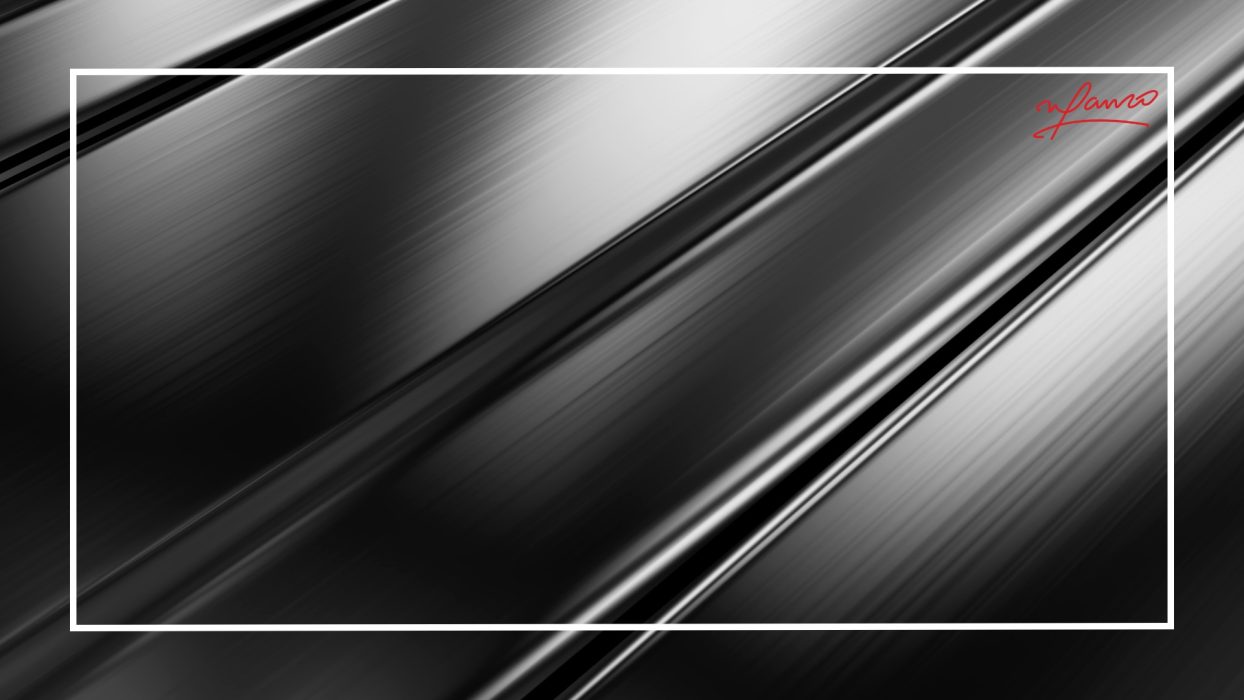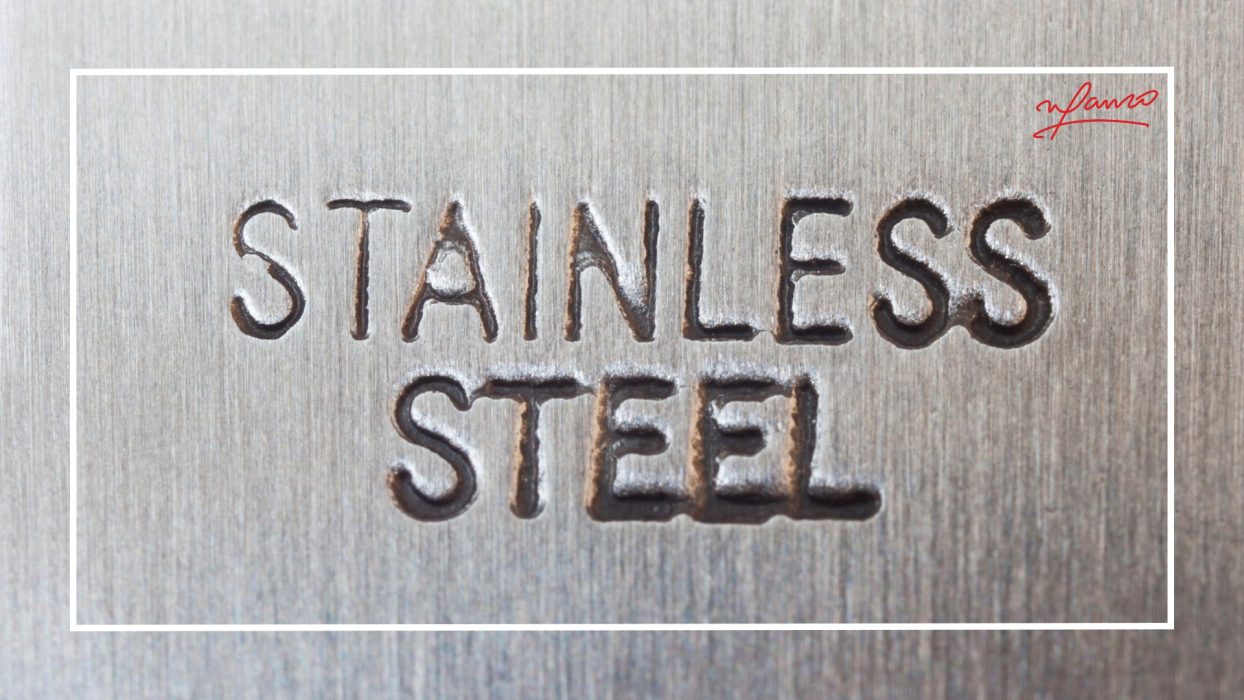Oil and gas projects reward good choices and punish guesswork. The right plate protects people, equipment, and schedules. In this guide you will learn where plates are used across the value chain, how to pick the correct material family, which standards and tests matter, and how to write an RFQ that clears inspection without drama.
Where plates work across the value chain
Upstream needs wellhead skids, separators, and storage under challenging conditions.
Midstream uses tanks, spheres, pig launchers, and pipeline supports.
Downstream relies on reactors, heat exchangers, columns, platforms, and ducting.
Every item wants the same thing. Stable properties, clean documents, and predictable fabrication.
Pick the right material family for the environment
Carbon and mild steel for atmospheric tanks, structures, and general service when coatings control corrosion.
Alloy chrome moly for temperature and pressure in boilers, reactors, and hot service vessels.
Stainless austenitic for cleanability and corrosion resistance in wet or chloride rich areas.
Duplex stainless for high strength with resistance to stress corrosion cracking in seawater and chloride service.
Explore product scopes on
Alloy Steel Plates
Stainless Steel Plates
Standards and grades you will see often
Vessels and exchangers
ASTM A516 Grade 60 and Grade 70 for pressure at ambient and moderate temperature.
ASTM A387 Grade 11 and Grade 22 for elevated temperature service.
EN 10028 families for European projects.
IS 2002 for boiler quality in Indian work.
Atmospheric tanks
API 650 defines material selection and testing for welded storage tanks.
Foundations, stiffeners, and platforms often use IS 2062 grades in India.
Hygienic and chloride service
Stainless grades 304 and 316 for general corrosion resistance.
Duplex 2205 when you want strength with chloride cracking resistance.
Sour service and why testing matters
Hydrogen from wet H two S can drive cracking. Control it with the right steel and the right tests.
HIC testing checks resistance to hydrogen induced cracking.
SSC testing checks resistance to sulfide stress cracking under load.
Ask for clear test methods, acceptance limits, and a layout of tested locations.
When client specifications call for sour service, reference the materials guidance in ISO 15156.
Outbound reference: ISO overview of ISO 15156 for petroleum and natural gas industries
https://www.iso.org/standard/61073.html
Toughness and low temperature performance
Cold conditions and rapid depressurization demand impact energy at subzero temperature.
State the test temperature and minimum energy.
Confirm where samples are taken through thickness for thicker plates.
If your design risks brittle fracture, align notch toughness early to avoid rework later.
Tolerances and flatness that save time
Tight thickness and flatness make gasket seating and nozzle alignment easier.
Define the tolerance class in the RFQ.
State the flatness target that suits machining and sealing.
Confirm trimmed edges when tight fit up is important.
Surface, corrosion control, and cladding choices
Decide the corrosion strategy before you buy.
Coated carbon steel works for many services when the coating system is robust.
Stainless plate solves many wet corrosion problems and reduces maintenance.
For mixed environments consider stainless cladding or overlays with a carbon backing plate.
When appearance or hygiene matters ask for shot blasted and primed or a defined stainless finish.
Fabrication and QA that protect the schedule
Share weld procedures and bend radii with your supplier.
Plan preheat and post weld heat treatment based on grade and thickness.
Use clear part marking to keep traceability from plate to finished item.
Ask for EN 10204 type three point one mill test certificates with chemistry and mechanical results tied to the heat number.
Book third party inspection early when the client requires it.
RFQ checklist for oil and gas plates
-
Service description with location in the plant
-
Standard and grade with delivery condition
-
Thickness, width, length, and quantity
-
Impact test temperature and energy if required
-
Sour service note with HIC and SSC test scope if applicable
-
Thickness and flatness tolerance class and edge condition
-
Surface preparation or finish and any cladding requirement
-
Processing needs such as cutting, bevels, and part marking
-
Documents needed including EN 10204 type three point one and any NDT scope
-
Delivery location and target date
Why teams choose Namco Industries
You get consistent chemistry control, precise rolling, and dependable dispatch windows. Our documents match your order and keep audits calm. From reactors to tanks to skids, we align supply with your fabrication plan so your people stay productive and your site stays on schedule.
Conclusion
Choose the plate by environment and code. Lock toughness and sour service tests. Set tolerances that support clean fit up. Do this and your equipment will work hard and last longer. Ready to turn drawings into plate supply
Click Here to contact our team and request a precise RFQ



